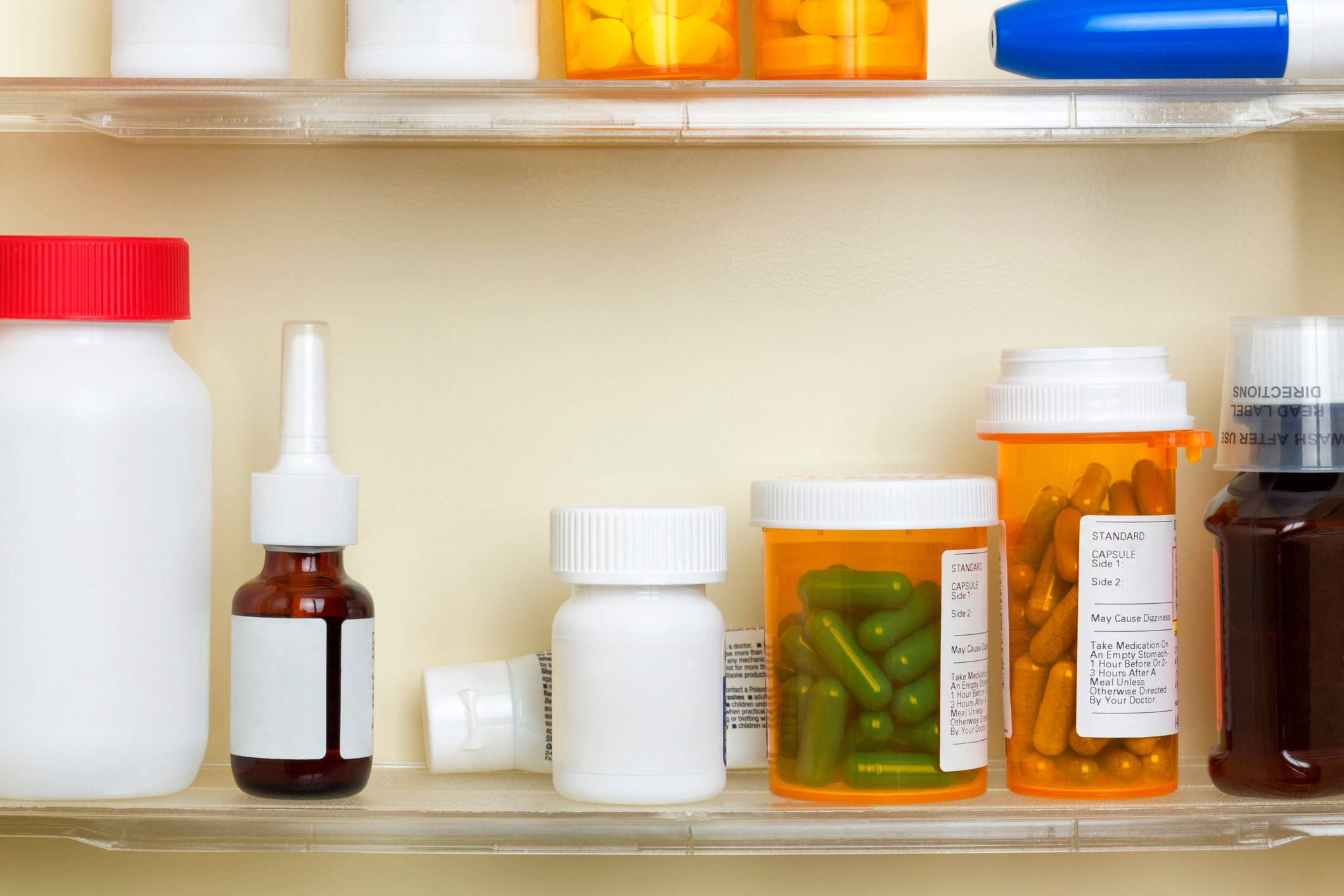AbbVie (ABBV +0.59%) investors have been dreading this moment since the company's inception in 2013. International Humira sales tumbled during the fourth quarter, following the loss of patent-protected market exclusivity.
Sales of the world's top-selling drug probably peaked 2018, but AbbVie investors have plenty to look forward to in the years to come. Here are four good reasons not to be afraid of holding those AbbVie shares for the long run.

Image source: Getty Images.
Four more years
During the fourth quarter, international Humira sales fell 14.8% from the previous year because low-cost biosimilar versions launched throughout the EU in October. In the U.S., though, annual Humira sales rose 10.7% in 2018 to $13.7 billion, and they'll probably continue rising for at least a few more years.
AbbVie's already signed seven settlement agreements, with potential competitors trying to launch biosimilar versions of Humira in its domestic market. The thicket of patents surrounding the rheumatoid arthritis drug should allow U.S. sales to nearly offset biosimilar competition in the EU through most of 2023.
A strong lineup of more recently launched drugs and a couple more near the finish line make the upcoming losses a lot less terrifying. In fact, Humira losses might not seem like such a big deal four years from now, for these four reasons.
1. Imbruvica isn't finished growing yet
Imbruvica sales have surged since easy-to-swallow tablets became the first chemo-free option for adults newly diagnosed with the most common form of leukemia. AbbVie's share of annual Imbruvica sales surged 39% in 2018 to $3.6 billion, and there won't be much to prevent it from going a lot further.
Although Imbruvica beat standard chemo on its own, many first-line chronic lymphocytic leukemia (CLL) patients have been receiving combinations of standard chemo plus a drug from Roche (RHHBY 0.10%) called Gazyva. Investors worried this treatment option would be hard for Imbruvica to compete with can rest easy.
Right now, the FDA is reviewing an application that will probably make Imbruvica plus Gazyva the new standard before the year is finished. During the pivotal Illuminate trial, Imbruvica plus Gazyva wiped the floor with the chemo-containing combination. Patients given the Gazyva-plus-Imbruvica combination were 77% less likely to show signs of disease progression than those given chemo plus Gazyva.

Image source: Getty Images.
2. Venclexta's next
In 2016, AbbVie launched Venclexta in partnership with Roche, and sales got off to a slow start but they're about to pick up the pace. During the fourth quarter, the FDA approved a combination of low-dose chemotherapy plus Venclexta for the front-line treatment of acute myeloid leukemia (AML), a malignancy more common among older adults.
Venclexta's AML approval is somewhat limited to patients over 75, or too frail to survive an intense round of chemotherapy. This description fits most of the AML population, which is the second most commonly diagnosed form of leukemia. That means we can expect annual Venclexta sales to reach over $2 billion from this population by 2023.
Venclexta will probably earn another several billion annually as part of a combination therapy for CLL patients who relapse after their first round of treatment. A combination of Venclexta plus Roche's Rituxan that the partners call VenR is already approved to treat this group, and results from the Murano study that AbbVie presented in December are already boosting its popularity.
After 36 months, 71.4% of patients who received Venclexta plus Rituxan still hadn't shown any signs of disease progression. Progression-free survival was just 15.2% among patients treated with Rituxan plus chemo.
As this combination therapy gives more CLL patients who fail their first round of treatment a second chance at long-term survival, Venclexta sales will surge. Second-line CLL sales could begin adding another $2 billion to AbbVie's top line each year by the time U.S. Humira sales start sliding.

Image source: Getty Images.
3. Another big step for Orilissa
By 2025, AbbVie expects at least $2 billion annually from the first new treatment to reduce pain from abnormal growths found on the outside of the uterus. This condition, called endometriosis, affects around one in 10 women of reproductive age. Last year the FDA approved Orilissa to treat those who experience endometriosis pain by preventing the release of a hormone responsible for the disorder.
Orilissa also helps reduce the size of abnormal growths on the inside of the uterus called uterine fibroids. This condition affects roughly three-quarters of women by age 50, and it's the leading reason to seek a hysterectomy. AbbVie's new tablet significantly reduced bleeding for 87.9% of women with uterine fibroids, and AbbVie will probably send an application to the FDA for this population in the first half of 2019.
4. Late-stage hopefuls
AbbVie has a couple of immunology drugs near the finish line that might have what it takes to offset Humira losses. The FDA began reviewing an application for an experimental psoriasis treatment called risankizumab last April, which means an approval decision is expected before the end of February. The injection beat the competition in head-to-head trials supporting its application and could outperform in the commercial setting as well.
More recently, the FDA began reviewing an application for upadacitinib, an oral rheumatoid arthritis treatment that scored high marks for efficacy during clinical trials. Humira's a popular treatment for psoriasis and rheumatoid arthritis. With a bit of luck, AbbVie will be able to transition many of these patients to new and improved options before 2023 rolls around.

Image source: Getty Images.
Time to buy?
Combined, upadacitinib, risankizumab, Venclexta, Imbruvica, and Orilissa probably have a chance to offset Humira losses for investors who plan on holding this stock for the long term.
If you don't already own shares of AbbVie, now might be a good time to pick some up. The stock offers a 5.3% yield at recent prices that might not soar in the years ahead, but AbbVie should be able to push it forward much faster than the rate of inflation.
Check out the latest AbbVie earnings call transcript.







